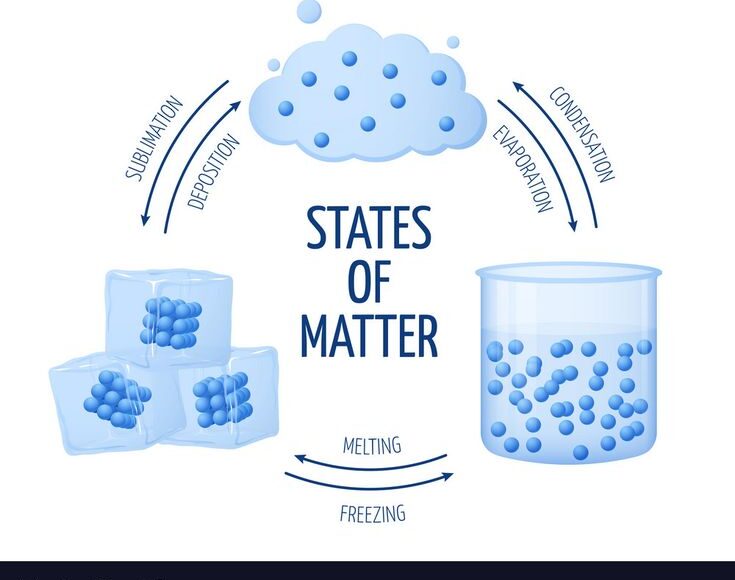
The periodic table is a tabular arrangement of chemical elements, organized based on their atomic number, electron configuration, and recurring chemical properties. It serves as a fundamental tool in chemistry, providing a framework for understanding the relationships between various elements and their compounds.
The periodic table has its roots in the 19th century when scientists began recognizing patterns in the properties of elements. John Newlands proposed the Law of Octaves, observing that elements showed similar properties at regular intervals when arranged by atomic mass.
Dmitri Mendeleev is credited with creating the first widely recognized periodic table in 1869. He arranged elements by increasing atomic mass and grouped them by similar chemical properties, leaving gaps for undiscovered elements and accurately predicting their properties.
The modern periodic table is based on the work of Henry Moseley, who arranged elements by atomic number rather than atomic mass. This revision resolved discrepancies in Mendeleev’s table and aligned elements more accurately with their properties.
Groups: Vertical columns in the periodic table. Elements in the same group have similar chemical properties due to their valence electron configuration.
Periods: Horizontal rows in the table. Properties of elements change progressively across a period.
Metals: Found on the left and center of the table, metals are typically shiny, conductive, and malleable.
Nonmetals: Located on the right side, nonmetals are poor conductors and are more likely to gain electrons during chemical reactions.
Metalloids: Found along the staircase boundary between metals and nonmetals, metalloids exhibit properties of both categories.
Each element is assigned a unique atomic number, representing the number of protons in its nucleus.
Every element is represented by a one- or two-letter symbol, such as H for hydrogen or Fe for iron.
The periodic table reveals patterns, including:
Atomic Radius: Decreases across a period and increases down a group.
Electronegativity: Increases across a period and decreases down a group.
Ionization Energy: The energy required to remove an electron increases across a period and decreases down a group.
The periodic table is an essential resource in science, enabling:
Predicting Properties: Understanding chemical reactivity and physical properties of elements.
Organizing Information: Classifying elements systematically.
Scientific Discovery: Guiding the discovery of new elements and materials.
The periodic table is not just a chart of elements; it is a roadmap for understanding the building blocks of the universe and their interactions, making it indispensable in chemistry, physics, and material science.

 Follow Me:
Follow Me:


 Free
Free
